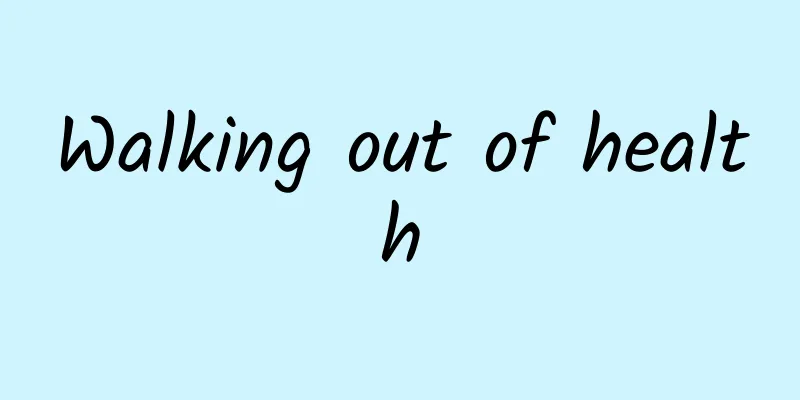[Medical Q&A] How does parenteral nutrition “directly” reach the human body?
![[Medical Q&A] How does parenteral nutrition “directly” reach the human body?](/upload/images/67f0fc39b6129.webp)
|
Planner: Chinese Medical Association Reviewer: Yu Jianchun, Chief Physician and Professor of Peking Union Medical College Hospital Parenteral nutrition is the direct delivery of nutrients into the human body through intravenous infusion, thus providing life support for patients with gastrointestinal failure or severe disorders. This form of nutritional therapy bypasses the digestive system and can "go directly" into the human body. The infusion routes of parenteral nutrition include peripheral venous route and central venous route. Nutritional support via the peripheral venous route (catheter inserted into the peripheral veins such as the arm and back of the hand) is a relatively simple method with low operation risk, but the peripheral vein cannot tolerate hypertonic solutions (such as glucose solutions with a concentration of more than 10% or protein solutions with a concentration of more than 5%), and the injection site needs to be changed regularly to prevent fluid leakage and phlebitis. It is suitable for short-term or low-concentration nutrient solution infusion. Because the nutritional needs of patients are difficult to meet, patients who need home parenteral nutrition support rarely choose this route. Corresponding to the peripheral venous route is the central venous route, such as the superior vena cava route through the internal jugular vein or subclavian vein, and the percutaneous central venous catheter (the catheter is inserted from the peripheral vein, and its end can reach the central vein, which is the well-known PICC) route. PICC is currently a widely used route with low insertion risk and low infection rate. It can be left in place for a long time and is suitable for patients who receive short-term (several weeks to 3 months) parenteral nutrition. If long-term infusion of parenteral nutrition is required, an infusion port (a device that is completely implanted subcutaneously and connected to the central vein via a catheter) can also be selected. This can reduce the pain of frequent catheterization and allow patients to infuse fluids on their own. It is very suitable for patients who need parenteral nutrition support at home. However, this permanent central venous catheter still has some risks, such as the need for puncture operation, limited service life, surgery required for insertion and removal, and high cost. |
<<: [Medical Q&A] Is “athlete’s foot” the same as “athlete’s foot disease”?
>>: Is cracked heel caused by lack of vitamin or collagen?
Recommend
Are mutton skewers made of mink, cat, or mouse? After testing 13 types, the results were a complete failure!
Put down the skewers in your hand! What you are e...
What does red degeneration of uterine fibroids mean?
Most women are usually terrified when they hear t...
What is the main language in South America? What are the characteristics of South American clothing?
South America is the abbreviation of South Americ...
How to regulate the thickness of the endometrium effectively?
If the thickness of a woman's endometrium inc...
Causes of vaginal odor and itching
Women are more likely to develop gynecological di...
What novel is "Waiting for You in the Future" adapted from? What is the specific update time of "Waiting for You in the Future"
In recent years, TV series adapted from novels ha...
What can a colposcopy check?
Many problems may occur in a woman's vagina, ...
Drug treatment for endometrial cancer - how much do you know about chemotherapy and progestin therapy?
Author: Zhang Jingfei, deputy chief physician, Be...
How to remove the inner membrane?
Women have regular menstruation every month. The ...
Is uterine inflammation serious?
Uterinary inflammation is a relatively serious gy...
What are the benefits of high-intensity aerobic exercise? Principles of aerobic exercise
Research has found that if human muscles are not ...
Is lung cancer contagious or hereditary?
Is lung cancer contagious and hereditary? Lung ca...
How is Ximai oatmeal? Edible value of Ximai oatmeal
When you go to the supermarket to buy food, you c...
What is the reason why women often have odor down there?
Vaginitis is mainly caused by poor hygiene and mu...
What to eat during menopause
Many women are unwilling to face the arrival of m...









